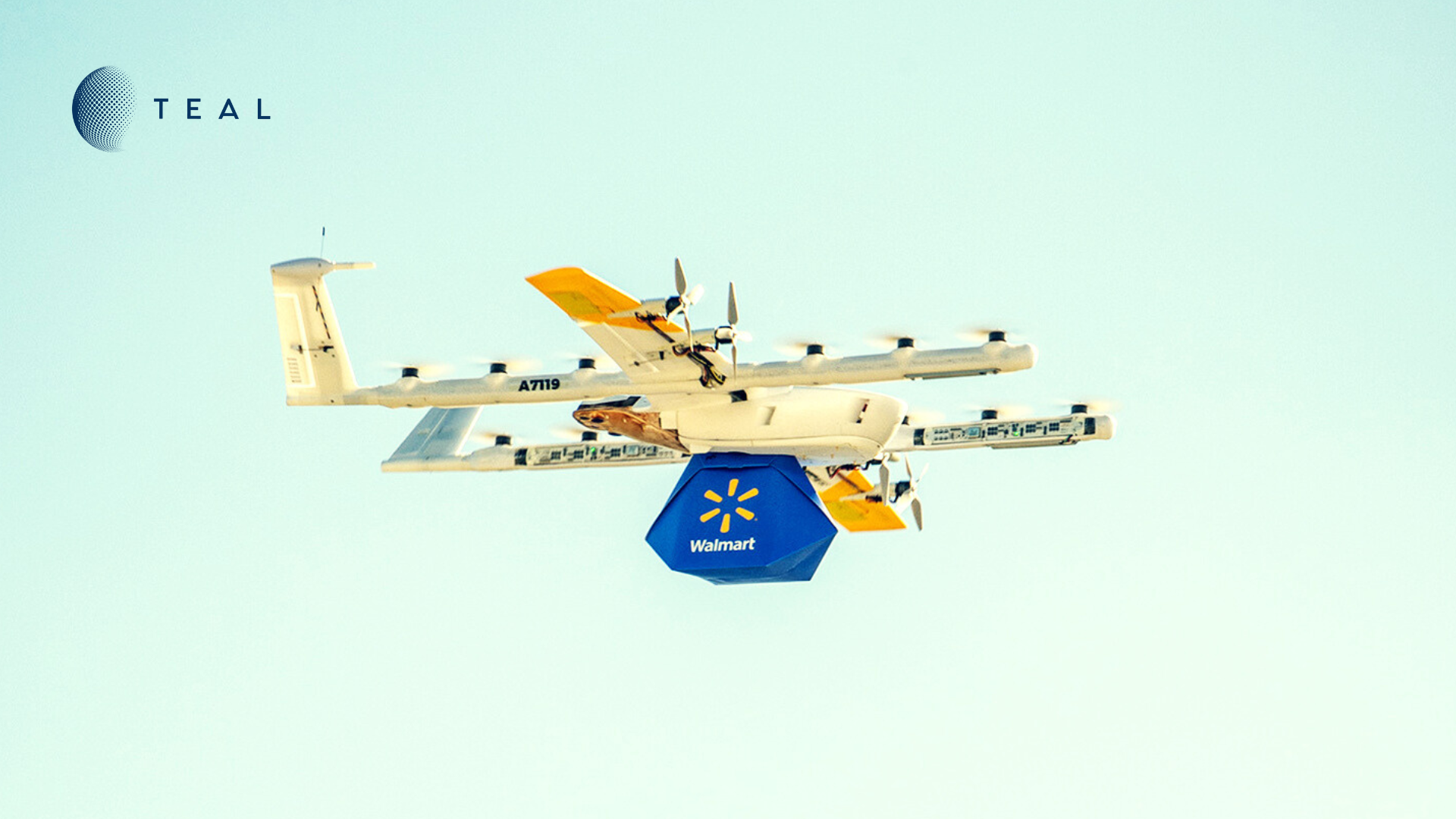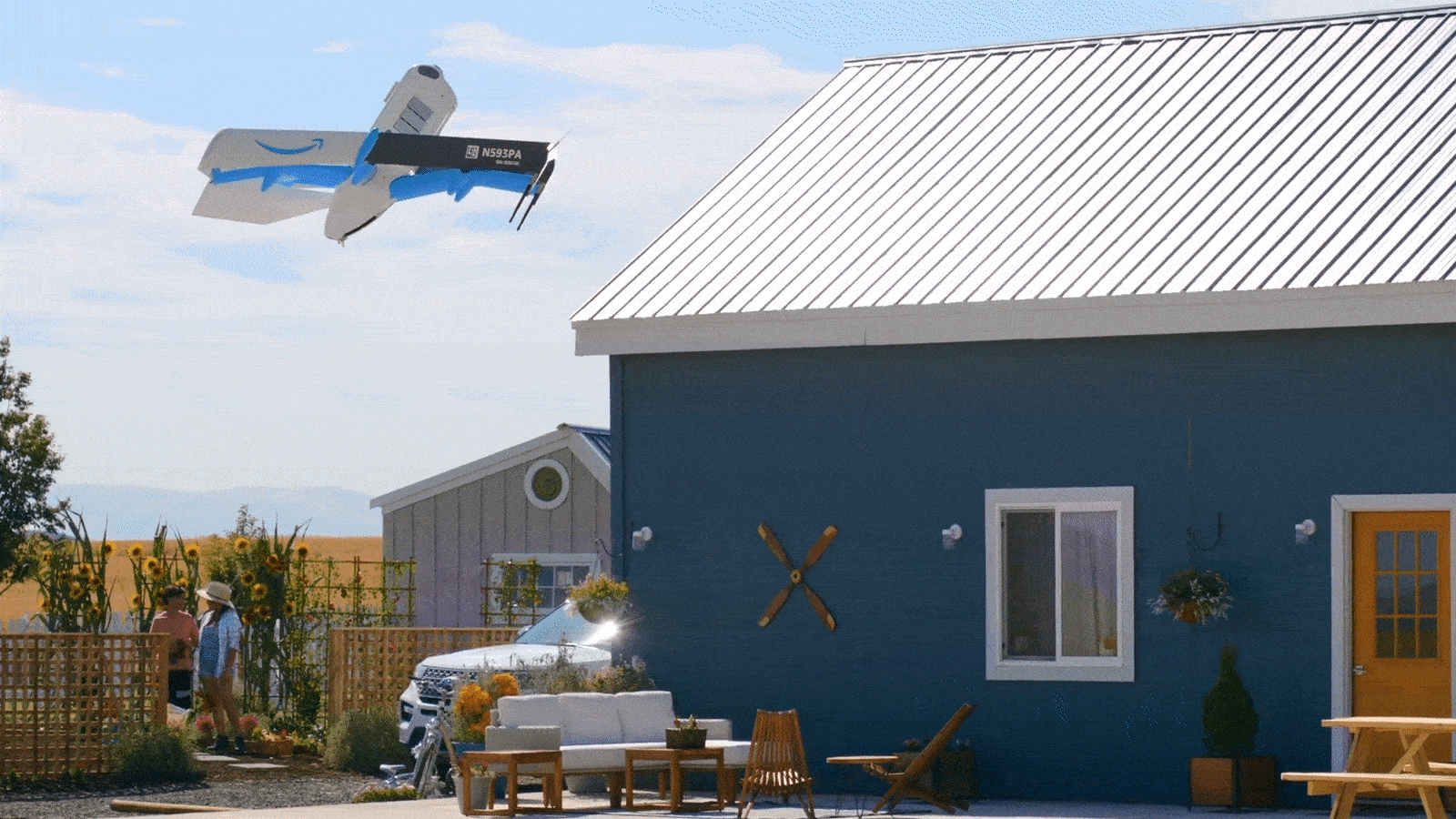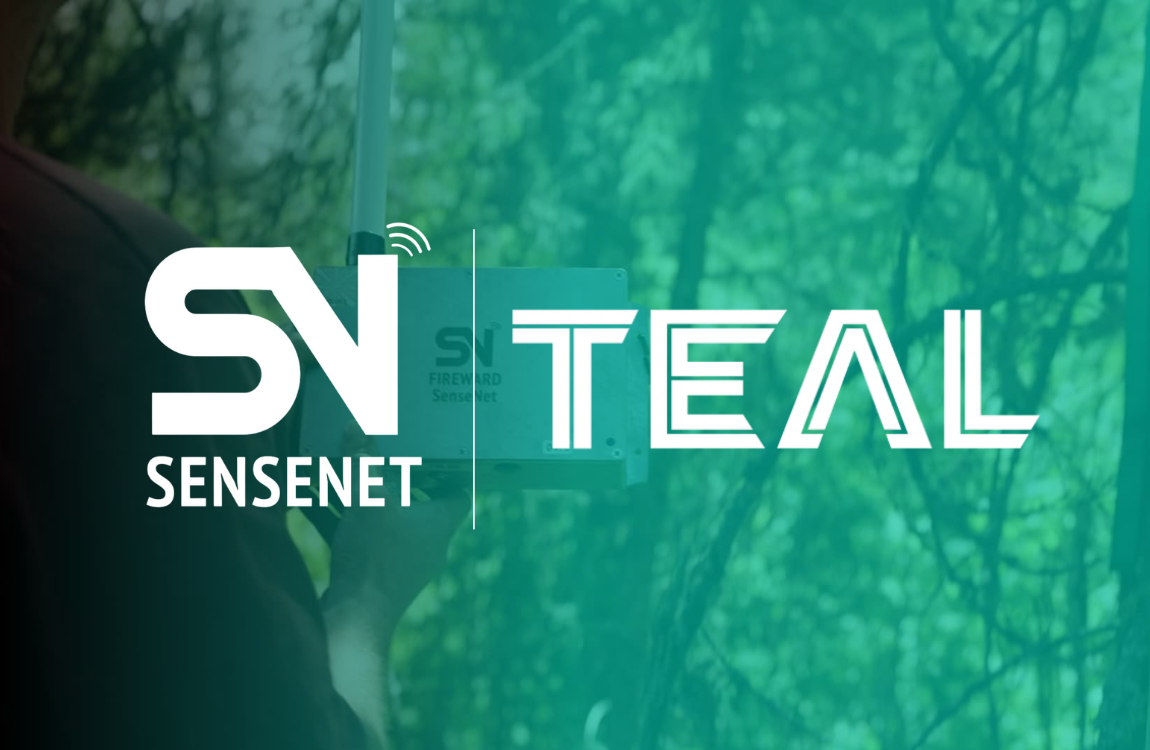Will 2024 Be the Year That Drone Deliveries Become a Reality?

How Close Are We to Widespread Drone Deliveries?
Until recently, commercial drone operators weren’t permitted to fly their aircraft long distances without visual spotters. That recently changed last fall when the Federal Aviation Administration began authorizing some drone operators to fly their aircraft “beyond the visual line of sight” (BVLOS). With most of the regulatory hurdles cleared, retailers, medical centers and logistics platforms will start offering drone delivery in many more suburban neighborhoods in 2024. That means getting household items, meals, prescriptions and other goods at your doorstep via air delivery is coming sooner than you think.
The FAA is now focused on developing a standard set of rules for BVLOS operations to make drone deliveries routine, scalable and economically viable. Let’s explore some of the leading companies that are helping to make drone deliveries a reality.
Companies Like Zipline, Wing, and Amazon to Begin More Widespread Drone Deliveries this Year.
Just last week, Walmart announced it will integrate Wing Drone Delivery into the Walmart app and their website later this month.
“Our goal is to make drone delivery completely seamless for our partners and their customers,” Wing CEO Adam Woodworth said. “When Wing drone delivery is available within the Walmart app later this month, customers will have a wider selection and a better shopping experience than ever before. This is a major step toward making drone delivery a part of everyday life.”
Wing, an Alphabet company, has developed a delivery system can lower the cost of delivery for retail, logistics, and healthcare organizations, and is easy to set up and integrate with on-demand delivery apps, e-commerce platforms, and parcel carrier services that people are already using today.
A McKinsey report from last year found that delivering a single package via drone costs $13.50, while delivering the same package via van only costs $1.90 (assuming the van carries 100 orders). According to the report, the cost of delivering a package via drone could drop as low as $1.80 if human employees were allowed to monitor 20 drones at once.
The FAA has also given Amazon’s Prime Air additional permissions that allow them to operate their drones beyond visual line of sight, enabling the company to serve more customers and effectively expanding the scale their drone delivery operations. To obtain this permission, Amazon developed a BVLOS strategy, including an onboard detect-and-avoid technology system to ensure our drones can detect and avoid obstacles in the air.

Amazon’s executive chairman Jeff Bezos who first floated the idea of drone delivery back in 2013, is ramping up toward a goal of 500 million drone deliveries a year by the end of the decade.
Autonomous delivery drone startup Zipline has made 1 million deliveries to customers. Zipline’s zero-emission autonomous drones have now flown more than 70 million commercial autonomous miles across four continents.
As the company continues to expand with its drone deliveries, it will bring on Panera Bread in Seattle, Memorial Hermann Health System in Houston, and Jet’s Pizza in Detroit. Zipline is also working with more than 4,700 hospitals. The Mayo Clinic is partnering with Zipline to provide drone delivery service for medications and supplies directly to patients’ homes as part of its advanced hospital-at-home program.
The health system will integrate Zipline’s Platform 2 drone system into its campuses in Jacksonville, Florida, and Rochester, Minnesota. Through the drone service, if a caregiver notices a need for an acute medical intervention, Zipline can deliver medications and supplies from the hospital to a person’s home within minutes.
The Impact of Reliable Connectivity on the Success of Commercial Drones.
For commercial UAVs, reliable connectivity is not just a luxury; it’s a must-have necessity. Drones need to maintain constant communication with ground control, transmit data in real-time, and receive updates or commands instantaneously. Any disruption in service could lead to failure, or worse, accidents. As drones move from novelty flights to mission-critical main-stream deliveries, their connectivity struggles come into sharp focus. Traditional SIM cards offer limited global reach, often tying users to a single network. This can be problematic for drones that are flying beyond line of sight.
Why MVNO Solutions Aren’t Ideal for BVLOS Drone Operations
An MVNO is a network provider that rents airtime (radio network) from the MNOs but adds a virtual data network for the actual throughput. Connections to this network first go through an MNO tower, then an MVNO datacenter. Many MVNOs claim that they are connectivity platforms or that they provide a global SIM, but because they are renting their platform, it means that drones relying on their infrastructure get stuck with a static, limited solution and any changes are reliant on a 3rd party.
An MVNO still operates a virtual network. They operate their own datacenters and provide a rough copy of the data architecture of the original MNO network. At first, they look easy to join and may even seem cost effective, but then they fall short when roaming agreements are suddenly blocked or when they experience higher latency due to reduced datacenter capacity.
MVNOs will assert that they offer carrier-switching, but the reality is that they only switch you between towers while datacenters remain the same. In many cases, the identity stays the same as well. Why is this bad for drone deliveries? Mainly because MVNOs don’t offer redundancy and remain a single point of failure.
Drones that are connected onto away networks are not prioritized. This means that in some cases they may experience great performance, but in many other instances, performance will be degraded, and latency will be high. This unreliability in network speeds and availability is not ideal for most mission critical high-data applications such as BVLOS drone deliveries. So, while it might seem like you are getting great global coverage at competitive rates, the reality is that your mission critical drones are put at risk and will likely experience less than advertised performance.
Contrarily, native core connectivity provided by eSIM is purpose-built for BVLOS drones, ensuring consistent, high-quality service, and response, irrespective of location. The costs associated with native core connectivity are also more predictable, given the absence of unexpected roaming charges, which can be detrimental to the financial health of a business. Overall, the return on investment with native core networks stands out due to the performance gains and the ability to maintain better control over connectivity infrastructure.
Expanding the Global Reach of BVLOS Drones
The evolution of eSIM technology is not only enhancing the capabilities of BVLOS drones but also reshaping the entire UAV industry. By providing reliable connectivity, it’s enabling these high-flying drones to soar higher and further, expanding their global reach. With an eSIM, a BVLOS drone can seamlessly switch between network providers, ensuring uninterrupted service even in remote or challenging environments. This opens up new possibilities for drone operations, allowing them to extend their reach globally. Companies like Teal can provide its customers with best-in-class eSIM technology that delivers on-demand access and real time configuration for any supported mobile network worldwide. This translates into easy, fast, and reliable deployment of drones anywhere in the world. eSIM from Teal provides more flexibility, greater performance and significantly reduced account management requirements when customers are using the services of multiple mobile carriers. Roaming is expensive, and Teal connects drones directly onto global networks with native profiles. This translates into lower latency, higher redundancy, higher throughput, and cost savings. TEAL is helping to solve multiple operational pain points for leading drone companies with a single eSIM SKU that eliminates the need to spend time managing multiple contracts and vendors.
For BVLOS drones, uninterrupted connectivity is essential, underpinning the need for constant communication with ground operations, immediate data transmission, and the execution of real-time instructions. Connectivity disruptions can precipitate mission failures or result in accidents. Thanks to eSIM technology, UAVs now have access to consistent and reliable connectivity, empowering them to reach new heights and expand operational boundaries far beyond previous limitations, thereby improving both their utility and operational efficiency.
Contact a TEAL expert today to find out how eSIM can help to streamline your global BVLOS drone operations here: https://tealcom.io/schedule-meeting
Recent Posts
Introducing TEAL Chameleon eSIM: The Most Adaptive eSIM Ever Built
Teal Communications Staff2025-12-03T23:14:56+00:00
TEAL Ranked as the Fastest-Growing Company in the Pacific Northwest on the 2025 Deloitte Technology Fast 500™
Teal Communications Staff2025-11-19T04:37:11+00:00
SenseNet Partners With TEAL to Expand AI-Powered Wildfire and Gas Leak Detection Globally
Teal Communications Staff2025-11-12T17:24:11+00:00




